Dogs
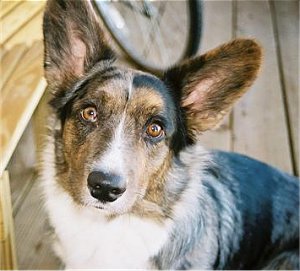
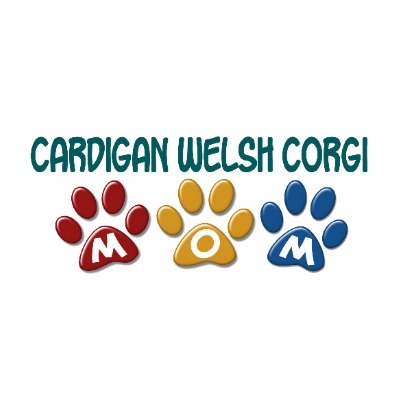

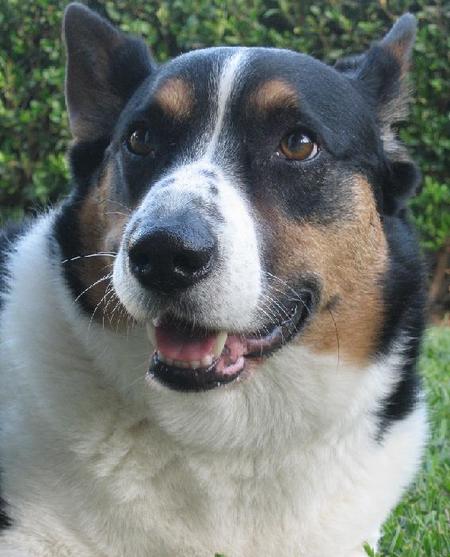



Temperament 2

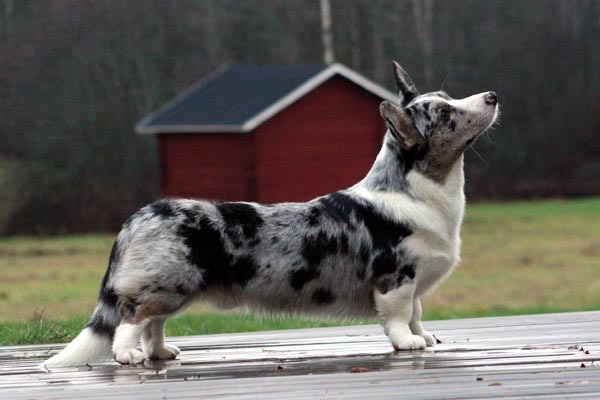
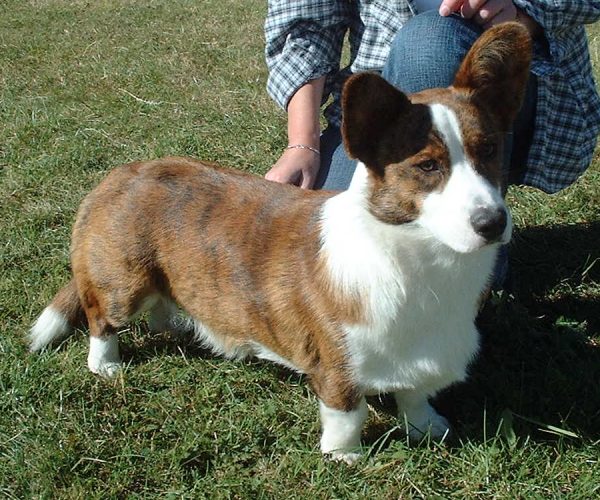
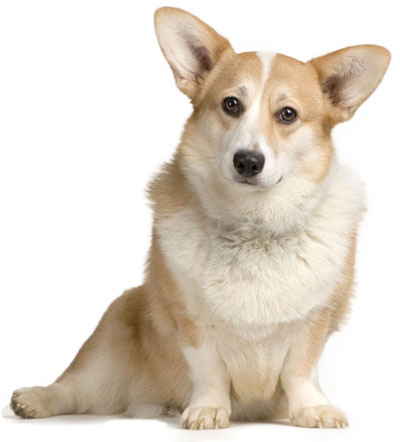
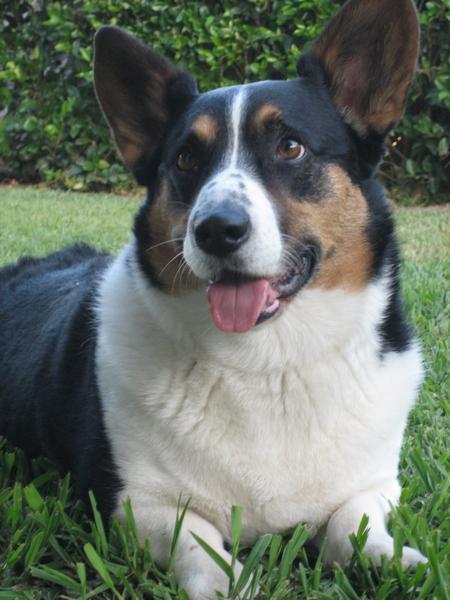
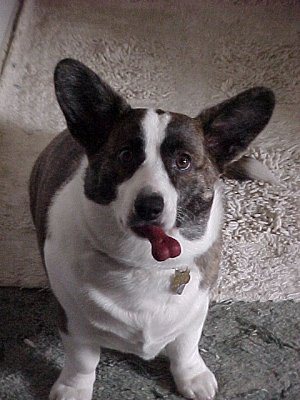
- Training Tips For Corgi Mix Puppy
The Welsh Corgi is the favorite dog of Queen Elizabeth II, of England. While it's true that the Corgi originated in Wales, its original function was driving cattle. They are intelligent, easy to train, energetic and affectionate. If adopting a Corgi...
- Which Dog Breeds Excel In Agility?
By Linda Cole When people think of a specific dog breed for the sport of agility, the image of a Border Collie often comes to mind. The dog’s piercing eyes are focused on his human partner as he waits to start his run. Both dog and owner are pumped...
- Types Of Small House Dogs
Many people love to have a pet dog around the house. They are great stress busters and makes one smile. But, with constraint of place, one thinks twice before bringing home a pet dog. Families or single people with small apartments can opt for small...
- Breeds Of Dogs That Stay Small
Small dogs may appear extremely cute and adorable, but as they say, looks may be deceptive! Contrary to their looks, most of the small dog breeds have an aggressive temperament, but enjoy human company to a large extent. There is a large variety...
- Medium-sized Dogs
For most of us today, a family is not complete without a pet. The pet is as good a part of the family as we are. Though there are various reasons why people want to adopt a dog, the main reasons are for company and for guarding. Nowadays, dogs really...
Dogs
Cardigan Welsh Corgi small dog breed

The Cardigan Welsh Corgi (pronounced /ˈkɔrɡi/) is one of two separate dog breeds known as Welsh Corgis that originated in Wales, the other being the Pembroke Welsh Corgi. It is one of the oldest herding breeds.

Characteristics

Cardigan Welsh corgis can become extremely loyal family dogs. They do however need daily physical and mental stimulation. For their size, they need a surprising amount of exercise. Due to their working heritage, their needs would be best met in open space, although they can happily live in apartments with access to space.
Appearance
Appearance

The Cardigan is a long, low dog with upright ears and a fox-like appearance. The old American Kennel Club standard called it an "Alsatian on short legs". Unlike the Pembroke Welsh Corgi, whose tail is naturally short almost appearing docked the Cardigan's tail is long. Cardigans can be any shade of red, sable, or brindle; they can also be black with or without tan brindle or blue merle with or without tan or brindle points. They usually have white on the neck, chest, legs, muzzle, underneath, tip of the tail, and as a blaze on the head. Other markings include ticking on the legs and muzzle, smutty muzzles, monk's hoods, and others. A few other unofficial colors can occur, such as red merle. An average Cardigan is around 10.5 to 12.5 inches (260 to 315 mm) tall at the withers and weighs from 30 to 38 lb. (13.6 to 17.2 kg) for the male and 25 to 34 lb. (11.3 to 15.4 kg) for the female.
Temperament 1
Temperament 1
Originally bred for herding sheep and cattle, they have proven themselves as excellent companion animals and are also competitive in sheepdog trials and dog agility. Cardigan Welsh Corgis were bred long and low to make sure that any kicks by cattle would travel safely over the dogs' heads without touching them. Like most herding breeds, Cardigans are highly intelligent, active, athletic dogs. Affectionately known as "a big dog in a small package," Cardigans are affectionate, devoted companions that can also be alert and responsible guardians. Cardigan Corgis are typically a 'one-man dog'. They tend to be wary of strangers and to reserve their affection for a select few with whom they are familiar. If socialized at a young age, they can be nice with other dogs and housepets.
Cardigans are typically excellent watchdogs, as they are highly alert to the approach of strangers to their territory, and will be very vocal until they and/or their owner are assured that the stranger poses no threat.
Cardigans are also known for using their judgment, even to the point where even a well-trained Cardigan will deliberately disobey a command if the dog feels that his own assessment of a situation calls for a different action than the command.
History
Cardigans are typically excellent watchdogs, as they are highly alert to the approach of strangers to their territory, and will be very vocal until they and/or their owner are assured that the stranger poses no threat.
Cardigans are also known for using their judgment, even to the point where even a well-trained Cardigan will deliberately disobey a command if the dog feels that his own assessment of a situation calls for a different action than the command.
History

Cardigans are said to originate from the Teckel family of dogs, which also produced Dachshunds.They are among the oldest of all herding breeds, believed to have been in existence in Wales for over 3,000 years. Although originally the breed included only brindle and red variants, through crossbreeding with collies, the colors of the Cardi grew to include tricolor and blue merle. The phrase "cor gi" is sometimes translated as "dwarf dog" in Welsh. The breed was often called "yard-long dogs" in older times. Today's name comes from their area of origin: Ceredigion in Wales. Originally used only as a farm guardian, they eventually took on the traits of a cattle drover, herder, and many more. They are still highly valued for their herding, working, and guarding skills, as well as their companionship.
Description
Description
The Cardigan Welsh Corgi is a long, low to the ground dog. The topline is level. The head is in good proportion to the rest of the dog. The broad, flat skull is rounded and tapered. The muzzle is parallel with the skull with a moderate stop. The nose is black in all colors but may be butterfly in merle colored dogs. The teeth meet in a scissors bite. The wide-set eyes are medium to large in size with dark rims.The oval eyes are shades of brown depending on the dogs coat color. Dogs with a blue merle coat may have blue eyes, either both eyes, one of each. The eye rims are black. The erect ears are large in proportion with the rest of the dog, moderately large at the base and slightly rounded at the tips. The chest is deep with a prominent breastbone. The legs are very short. The tail is low-set and long. Dewclaws are usually removed. The round paws are relatively large and the front feet turn out slightly. The double coat has a short, thick, weather resistant undercoat with a longer, coarser outer coat. The coat is longer at the ruff, back of the legs and on the underside of the tail. Coat colors include red, sable, fawn, brindle, black and brindle, blue merle (black and gray; marbled), black and tan with or without white markings. There are often white markings on the legs, chest, neck and parts of the muzzle.
The most obvious difference between the Pembroke Welsh Corgi and the Cardigan Welsh Corgi is that the Pembroke lacks a tail while the Cardigan has a long tail. The Pembroke usually has straighter legs as it is not quite as long- bodied as a Cardigan; the Pembroke's head is generally more wedge-shaped; the ears are smaller and closer together than the Cardigans; also the Pembroke tends to be lighter than the Cardigan.
The most obvious difference between the Pembroke Welsh Corgi and the Cardigan Welsh Corgi is that the Pembroke lacks a tail while the Cardigan has a long tail. The Pembroke usually has straighter legs as it is not quite as long- bodied as a Cardigan; the Pembroke's head is generally more wedge-shaped; the ears are smaller and closer together than the Cardigans; also the Pembroke tends to be lighter than the Cardigan.
Temperament 2

The Cardigan Welsh Corgi is highly intelligent and obedient, able and willing to please their owners. Reliable, dedicated and loving, but can be wary of strangers. Socialize well, preferably when young. Corgi's are extremely active and devoted little dogs, and are good with considerate children so long as the dog sees himself below humans in the pack order. Protective and sturdy, they make fine guards, and excellent show and obedience dogs. Good with other non-canine animals, but can be combative with other dogs if the owners do not properly communicate to the dog that aggressiveness is an unwanted behavior. They sometimes attempt to herd people by nipping at their heels, and should be taught not to do this. The Pembroke tends to bark a lot and makes a good watch dog. If you find your dog is barking at you in order to communicate you need to hush the dog and look into your leadership skills. A dog that is barking at you in that manner is showing signs of dominancy issues. If you can treat your Corgi in such a way that he is mentally sound, he makes a wonderful companion. Issues will arise if the dog is above the humans in the pack order and if he does not receive enough daily exercise. Do not allow the Corgi to developed Small Dog Syndrome.

Height, weight
Height: Dogs 10-13 inches (25-33cm) Bitches 10-13 inches (25-33cm)
Weight: Dogs 25-30 pounds (11-14kg) Bitches 25-30 pounds (11-14kg)
Health Problems
Prone to PRA, glaucoma and back disorders. Gains weight easily. Do not overfeed for if they become fat it can cause back problems.
Living Conditions
Corgis will do fine in an apartment if they are sufficiently exercised. With enough exercise they can be calm indoors, but will be very active if they are lacking. Will do okay without a yard so long as they are taken for daily walks.
Exercise
Even more active that the Pembroke; Cardigans must have regular exercise, including a daily, long walk. While out on the walk the dog must be made to heel beside or behind the person holding the lead, as in a dog's mind the leader leads the way, and that leader needs to be the human.
Weight: Dogs 25-30 pounds (11-14kg) Bitches 25-30 pounds (11-14kg)
Health Problems
Prone to PRA, glaucoma and back disorders. Gains weight easily. Do not overfeed for if they become fat it can cause back problems.
Living Conditions
Corgis will do fine in an apartment if they are sufficiently exercised. With enough exercise they can be calm indoors, but will be very active if they are lacking. Will do okay without a yard so long as they are taken for daily walks.
Exercise
Even more active that the Pembroke; Cardigans must have regular exercise, including a daily, long walk. While out on the walk the dog must be made to heel beside or behind the person holding the lead, as in a dog's mind the leader leads the way, and that leader needs to be the human.

Life Expectancy
About 12-15 years.
Grooming
The wiry, medium-length water-resistant coat is easy to groom. Comb and brush with a firm bristle brush, and bathe only when necessary. The coat is shed two times per year.
Origin
Grooming
The wiry, medium-length water-resistant coat is easy to groom. Comb and brush with a firm bristle brush, and bathe only when necessary. The coat is shed two times per year.
Origin

The Cardigan Welsh Corgi is older than the Pembroke Welsh Corgi, with the Pembroke being bred out of the Cardigan. Both Corgi varieties may be a descendant of the Keeshond, Pomeranian, Schipperkes and the Swedish Vallhund. Some say the older Cardigan was from Cardiganshire brought there by the Celts in 1200 BC. Whereas the Pembroke's ancestors were introduced by Flemish weavers to the Celts in the 1100s. Whatever the case may be the Cardigan and the Pembroke Welsh Corgis were interbred and considered the same breed up until 1934 when a show judge thought they were too different and separated them into two different breeds. After they were separated the Pembroke gained in popularity and is to this day more popular than the Cardigan. The name "corgi" is specific to that type of dog breed in Cymreig (Welsh). Dog in Cymreig (Welsh) is 'Ci' or if it is softly mutated 'Gi', hence Corgi. The Pembroke was actually recognized by the AKC a year before the Cardigan. The Cardigan was recognized in 1935 and the Pembroke in 1934. Corgis were used as cattle drivers, vermin hunters and farm guards. They drove cattle by barking and nipping at the cattle's heels rather than just herding them. The dog's low stature helped him role out of the way of kicking cows.


- Training Tips For Corgi Mix Puppy
The Welsh Corgi is the favorite dog of Queen Elizabeth II, of England. While it's true that the Corgi originated in Wales, its original function was driving cattle. They are intelligent, easy to train, energetic and affectionate. If adopting a Corgi...
- Which Dog Breeds Excel In Agility?
By Linda Cole When people think of a specific dog breed for the sport of agility, the image of a Border Collie often comes to mind. The dog’s piercing eyes are focused on his human partner as he waits to start his run. Both dog and owner are pumped...
- Types Of Small House Dogs
Many people love to have a pet dog around the house. They are great stress busters and makes one smile. But, with constraint of place, one thinks twice before bringing home a pet dog. Families or single people with small apartments can opt for small...
- Breeds Of Dogs That Stay Small
Small dogs may appear extremely cute and adorable, but as they say, looks may be deceptive! Contrary to their looks, most of the small dog breeds have an aggressive temperament, but enjoy human company to a large extent. There is a large variety...
- Medium-sized Dogs
For most of us today, a family is not complete without a pet. The pet is as good a part of the family as we are. Though there are various reasons why people want to adopt a dog, the main reasons are for company and for guarding. Nowadays, dogs really...
